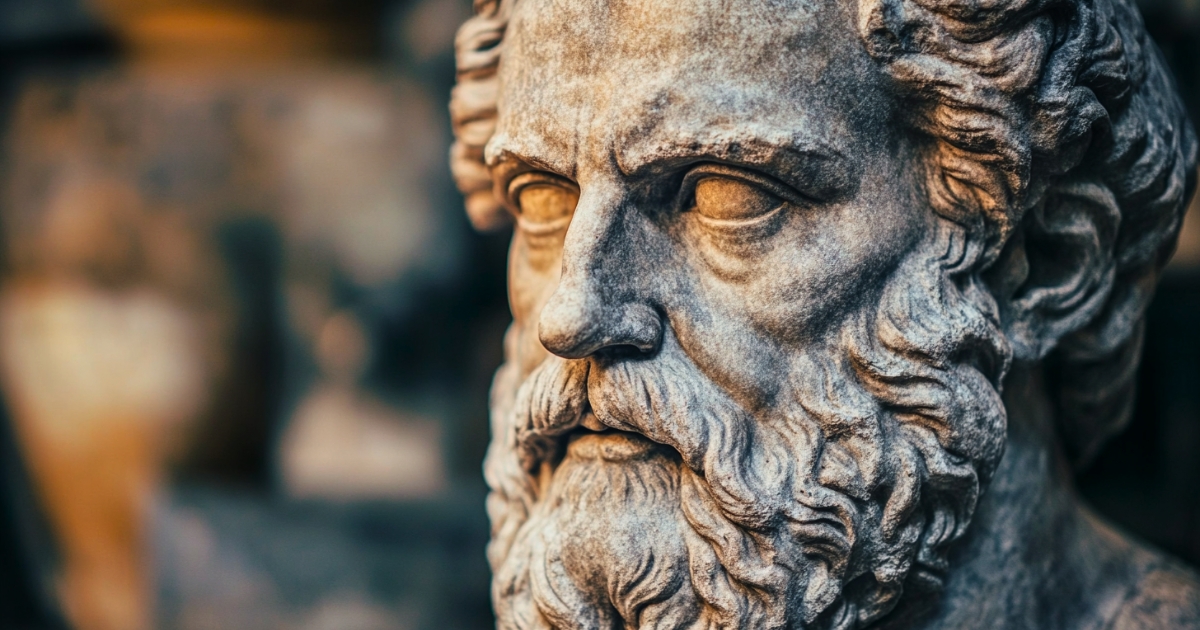Introduction
Aristotle (384-322 BCE), an ancient Greek philosopher, is one of the most influential figures in Western intellectual history. His work “Physics” continued to have a profound impact on Western views of nature and scientific thinking for about 2000 years. This article explains the main concepts of Aristotle’s theory of physics and considers its influence and limitations.
Aristotle’s Theory of Four Elements
The foundation of Aristotle’s theory of physics is the theory of four elements. According to this theory, the basic elements that compose the world are fire, air, water, and earth, and all substances are created by combinations of these. Each element has its own properties; for example, fire is hot and light, while earth is cold and heavy.
This theory of four elements was widely accepted because it intuitively matched the daily observations of people at the time. It was also useful in explaining changes in matter. For instance, water evaporating into air was explained as the “air-like quality” within water becoming manifest.
Theory of Motion and Natural Place
Aristotle also developed his own theory about the motion of objects. He believed that all objects have a “natural place” and that objects move towards that place. For example, stones fall towards the ground, while particles of fire rise upwards. This was explained as each element moving towards its “natural place.”
While this theory aligned well with everyday experience, it also gave rise to incorrect concepts about object motion. For instance, the mistaken idea that heavier objects fall faster is based on this theory.
Teleological Worldview
One characteristic of Aristotle’s physics is its teleological worldview. He believed that all phenomena and changes in nature have a purpose. For example, it was explained that rain falls to make plants grow, and animals have eyes in order to see.
This teleological approach had high compatibility with medieval Christian theology and influenced Western thought for a long time. However, this perspective also hindered the exploration of mechanical causal relationships in natural phenomena.
Cosmology
Aristotle’s cosmology was also widely accepted until the medieval period. He placed the Earth at the center of the universe, with the moon, sun, planets, and stars rotating around it. Celestial bodies were considered perfect spheres, and their motion was believed to be eternal circular motion.
This geocentric theory was further refined by Ptolemy and remained the basis of Western cosmology until Copernicus proposed the heliocentric theory in the 16th century.
Reception and Development in the Middle Ages
Aristotle’s physics was transmitted to medieval Europe via the Islamic world and formed the core of scholastic philosophy. In particular, Thomas Aquinas in the 13th century attempted to integrate Aristotle’s ideas with Christian theology, exerting a significant influence.
Aristotle’s works were placed at the center of university curricula, and his authority became immense. However, this authoritarian acceptance also hindered the development of new scientific discoveries and theories.
Comparison with the Modern Scientific Revolution
The scientific revolution that occurred from the 16th to 17th centuries dealt a significant blow to Aristotle’s physics. Galileo Galilei proved the errors in Aristotle’s theory of motion through experiments and mathematical analysis. Additionally, Nicolaus Copernicus’s heliocentric theory overturned Aristotle’s view of the cosmos.
With the emergence of Isaac Newton’s theory of mechanics, Aristotle’s physics was finally surpassed. The new science was based on the exploration of mechanical causal relationships rather than teleological explanations.
Conclusion
Aristotle’s physics was an important theoretical system that shaped Western views of nature from ancient times to the Middle Ages. Its main concepts, such as the four elements theory, theory of motion, and teleological worldview, continued to exert influence for a long time. However, the modern scientific revolution revealed its limitations, and it was ultimately replaced by new scientific theories.
The history of Aristotle’s physics provides important insights into the development and transition of scientific theories and the problems arising from the authoritarian acceptance of knowledge. At the same time, Aristotle’s way of thinking and systematic approach continue to influence modern philosophy of science, and his legacy still lives on in our intellectual pursuits today.


